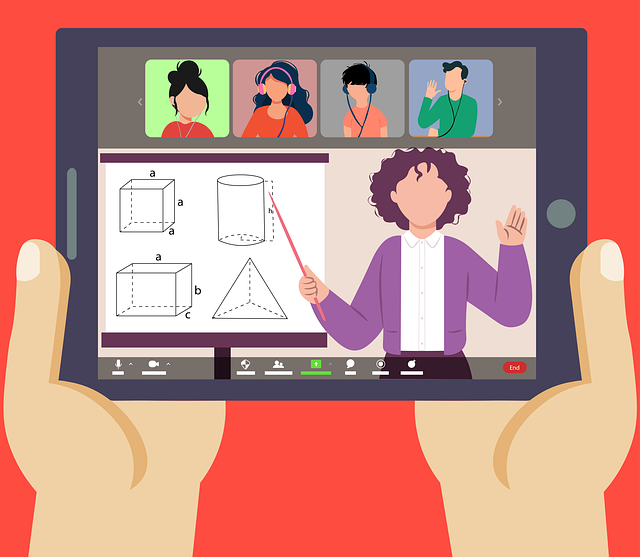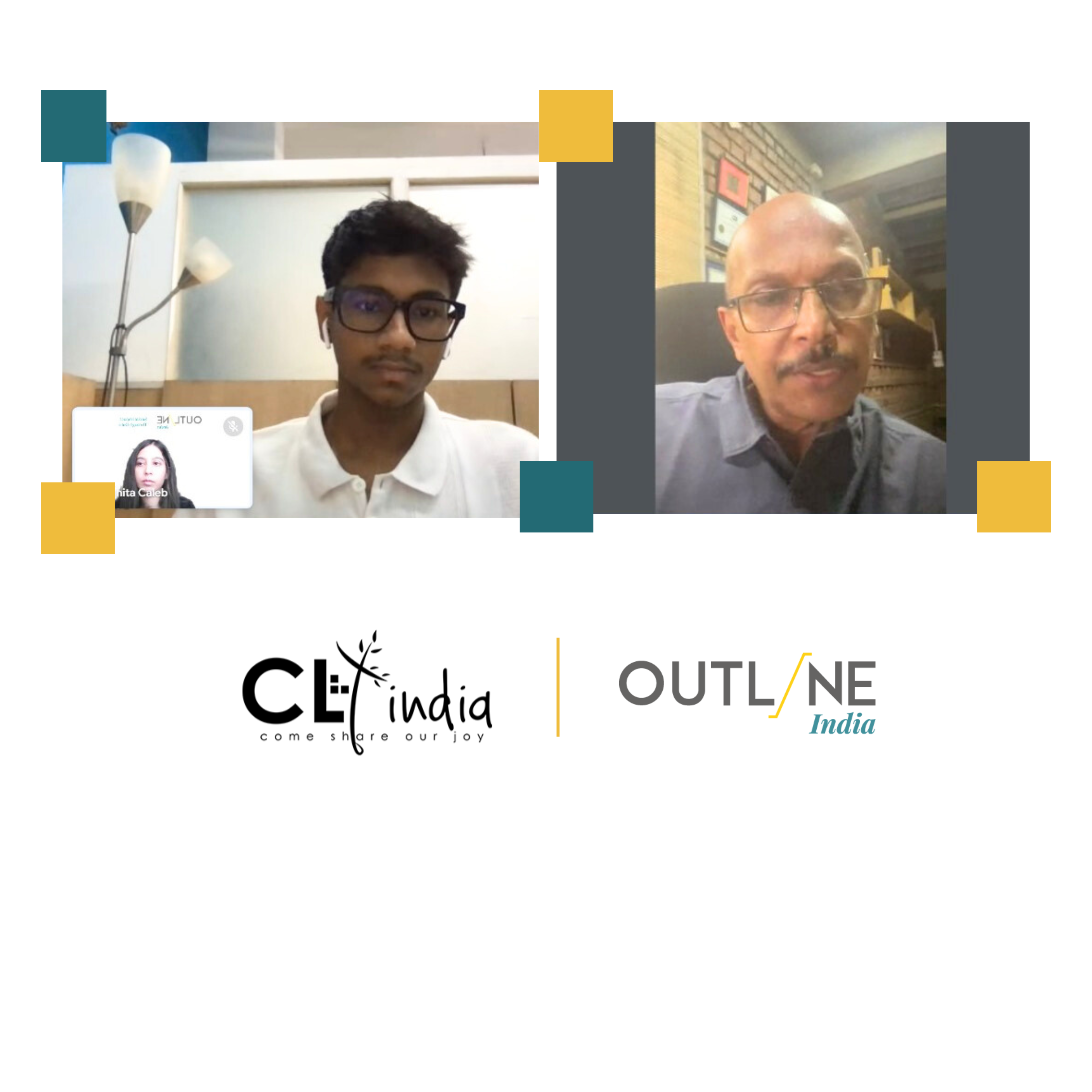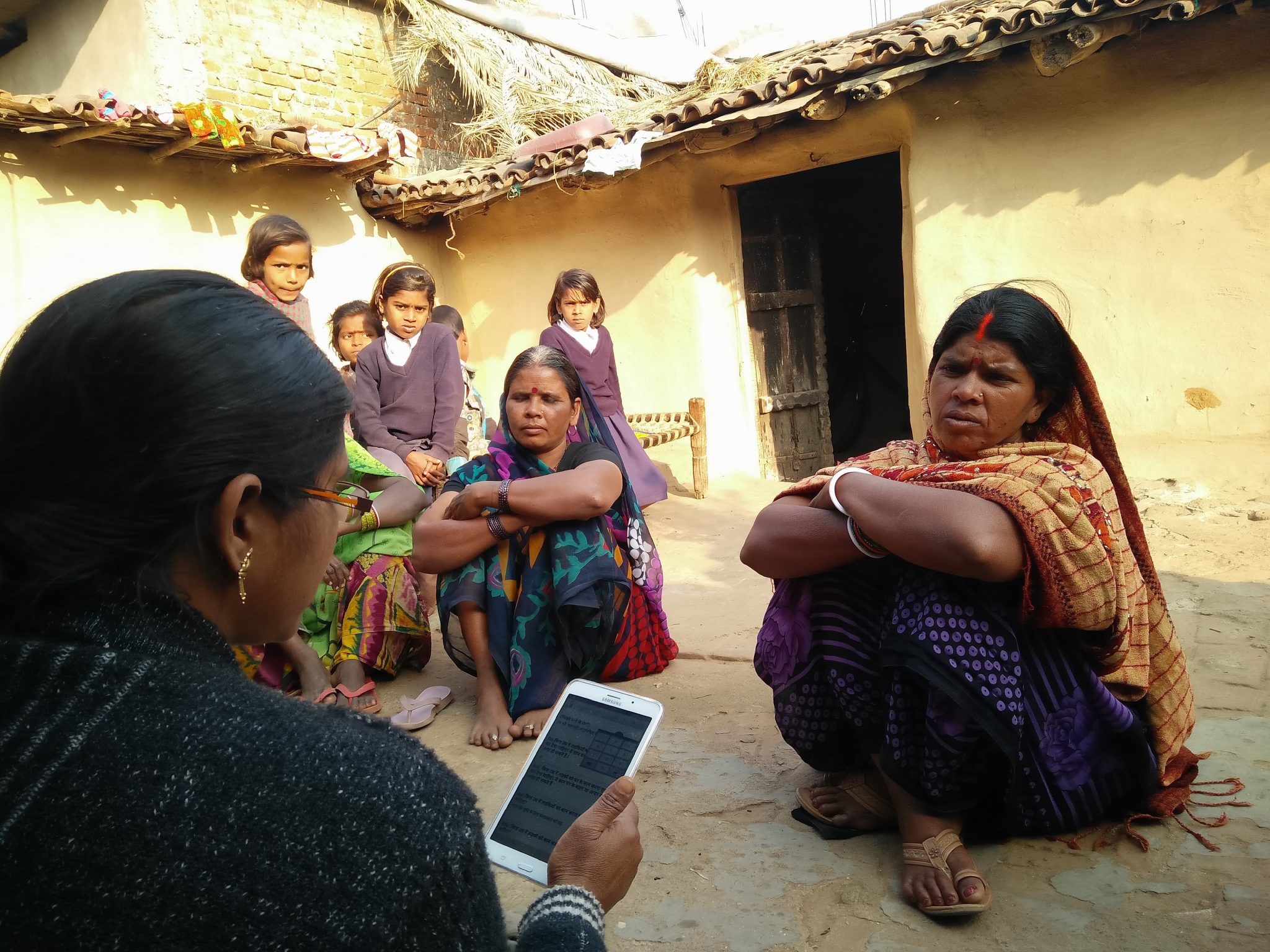Blog Details
The pandemic induced a huge negative impact on the lives of many students as educational institutions witnessed a closure. The closure, which still continues after over a year since Covid-19 came into the picture, has led to catastrophic consequences for different sections of students. But most importantly, it has affected the quality of education overall. A recent report, Locked Out: Emergency Report on School Education conducted a survey covering 1400 students concluded that only 8% of students in rural areas and 24% of students in urban areas are studying regularly while 19% students in urban areas and 37% students in rural areas are not studying at all. Both sets of parents (76% in urban and 75% in rural areas) feel that their children’s reading habits have declined during the lockdown. But all this along with many other negative outcomes seem imperative due to different factors that have played a significant role in moulding and transforming the scenario of education for children.
Shift from Offline to Online education
Years of fundamental functioning of schools and colleges in the traditional offline mode saw a sudden and impromptu shift to many communication apps that almost everyone is now familiar with or still becoming so. While inadequate knowledge and lack of resources were the surface problems the online method posed, there are other issues as well. It is usually a challenge for younger children around the age of 5 years to grasp concepts as it is difficult to follow instructions, retain attention or even handle a device properly.
The online mode has created a grave issue of capturing students’ attention towards what is taught in the class as students are vulnerable to distractions free to multitask due to access to an endless amount of information. Many studies confirm that students showed a better performance when they were physically present in the classroom compared to now that they are on their own. As a result of lowered attention span, it becomes difficult to gauge whether students actually attend classes or leave them enabled while doing something else which is evident from the low level of participation from their end.
Increased Use of social media
As crucial as the physical interactions with peers, friends, and people around are for students during their formative years, it has been completely restricted by the pandemic as they were forced to stay home and it got limited to students getting to interact only through social media. As a result, increased exposure to different platforms has led to a rise of many mental health issues among the young.
Misinformation on one end about the pandemic led to students developing symptoms of anxiety and depression among other issues. Another outcome was the increased use of social media in order to interact with friends which in turn led to children becoming addicted to these platforms at all times due to a fear of missing out on information which led to a spike in the screen time, adversely affecting both their physical and mental health. While the online mode worked as an advantage to stay in touch with loved ones amid the chaos, it also negatively affected the mental health of many due to increased instances of cybercrime along with miscommunication in many ways.
Increase in the use of OTT Platforms
A direct consequence of the shift to the online mode for education was making the internet and electronic devices available for students for them to be able to continue with their studies. But this also led to a rise of distractions for them as they could easily access many OTT platforms leading to increased consumption of content online. The platforms overall saw a 30-40% spike in their usage over the past year as people were restricted to staying indoors. As a result, the increased vulnerability and access to online content have facilitated a sedentary lifestyle among students, which further lowered their interest and concentration towards their curriculum.
Distorted Daily Routine
School provides structure and routine to the lives of students. Following the routine of getting up at a certain time, going to classes at specific times, and coming home at a certain time provides a sense of normalcy in their lives. Expectations for behavior and academic performance are known and familiar. When schools closed, students lost this structure and routine. Many were sent home with packets of assignments to complete but it is up to them to decide when and in what order they will do the assignments. At first, this greater amount of freedom and choice feels good but only for a short time and it is easy to fall behind, to be distracted by other more desirable options (Netflix, video games, social media), or to become bored.
Extracurricular activities were also affected by school closures. Many students enjoy participating in sports, music, school plays, robotics, and a variety of other activities. Participation in these activities helps students to be more attractive applicants to colleges, universities, and future employers.
Role of Mass media
The implausible claim of the virus affecting the geriatric population made the young vulnerable. This ultimately resulted in a large number of young people being affected by the virus. This unscientific and unproven fact spread like wildfire in the media. As a disseminating tool, mass media—print, radio, television, and the internet—has never been more expansive. The media has had a direct impact on individual behavior in both positive and negative ways, affecting people of all ages especially students who anticipate returning to the previous normal. Inaccurate information spread quickly and widely, and digital media made it more difficult to identify and verify facts, which caused much worry and panic and at times, made children paranoid, further adding to the already growing depression due to quarantine.
Skill Development
Much is known about the economic value of schooling and, specifically, of cognitive skills developed through the educational system. Education equips people with the skills that make them more productive at carrying out their work tasks, particularly in modern knowledge-based economies, and enables people to generate and apply new ideas and innovations that enable technological progress and overall economic growth.
The school closures can be expected to have had numerous consequences for the socio-emotional and motivational development of the affected children and adolescents. Development in these areas is restricted by the lack of contact with classmates and the psychological strain on families during an extended stay in sometimes cramped housing conditions. The potential deficits in socio-emotional skills are also likely to negatively impact the economic potential of a country.
The pandemic created havoc in the lives of people and completely distorted the functioning of the world in almost every manner. So has been the case of education where it has lost the ground in terms of ensuring holistic development of students as was done in the pre-pandemic era. The adaptation and integration of technology in classroom teaching have been one of the biggest changes. However, digital tools complement, not substitute intimacy and immediacy of face-to-face learning. As the process continues to evolve and function in the online manner, it will take a long time to transform and retreat back to the offline manner as the government now prepares to reopen schools and colleges due to the obstruction created by the pandemic in the overall development of students.








David Angel Makel
IT ConsultantIt is a long established fact that a reader will be distracted by the readable content page looking at its layout point of using normal